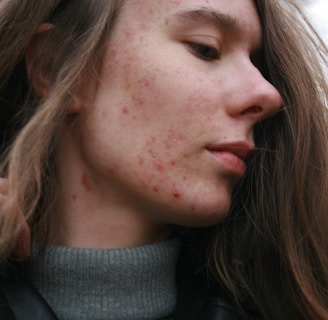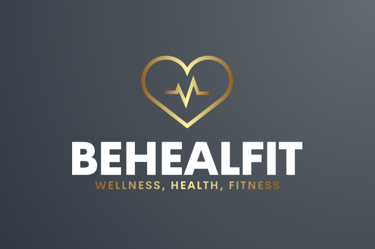Stop Eating These 7 Foods If You Have Acne (and What to Eat Instead)
Struggling with breakouts? Discover 7 common foods that can worsen acne and learn healthier alternatives to help clear your skin naturally.
HEALTHBLOG-LIST
8/12/20252 min read


In Brief
Acne isn’t only about skincare products — what you eat can have a direct impact on your skin. Certain foods can trigger inflammation, hormonal imbalances, and excess oil production, all of which can worsen acne. By identifying and reducing these triggers, you can support clearer skin from the inside out.
Table of Contents
Sugary Foods and Drinks
Why they’re a problem: High sugar intake spikes blood sugar and insulin levels, increasing inflammation and stimulating oil glands.
Examples: Soda, candy, pastries, sweetened cereals.
Better alternative: Fresh fruit, dark chocolate (70%+), unsweetened herbal tea.
Dairy Products
Why they’re a problem: Milk and dairy products can affect hormone levels, particularly IGF-1, which may trigger breakouts.
Examples: Cow’s milk, cheese, ice cream.
Better alternative: Plant-based milks (almond, oat, coconut) and dairy-free yogurts.
Refined Carbohydrates
Why they’re a problem: White bread, pasta, and rice quickly convert into sugar in the body, causing blood sugar spikes similar to sugary foods.
Examples: White bread, white pasta, white rice.
Better alternative: Whole grain bread, quinoa, brown rice.
Fast Food and Fried Foods
Why they’re a problem: High in unhealthy fats, sodium, and processed ingredients, these foods promote inflammation and can worsen acne.
Examples: Burgers, fries, fried chicken.
Better alternative: Grilled proteins, baked potatoes, air-fried vegetables.
Chocolate (High Sugar Varieties)
Why it’s a problem: While dark chocolate may have benefits, milk chocolate with high sugar content can trigger breakouts.
Examples: Milk chocolate bars, chocolate candies.
Better alternative: Dark chocolate (70% or higher) in moderation.
Processed Meats
Why they’re a problem: Contain nitrates, preservatives, and unhealthy fats that promote inflammation.
Examples: Sausages, bacon, deli meats.
Better alternative: Lean poultry, fish, or plant-based protein sources.
High-Iodine Foods
Why they’re a problem: Excess iodine can stimulate oil glands and worsen acne in sensitive individuals.
Examples: Seaweed, iodized salt, certain seafood.
Better alternative: Moderate iodine-rich foods and use non-iodized salt if needed.
FAQ
1. Do these foods cause acne for everyone?
No, triggers vary between individuals, but these foods are common culprits for many people.
2. How long after changing my diet will I see results?
Most people notice improvements within 4–8 weeks of reducing acne-triggering foods.
3. Can I still eat these foods occasionally?
Yes, moderation is key — occasional indulgence is fine if your skin tolerates it.
4. Are there foods that help reduce acne?
Yes, anti-inflammatory foods like leafy greens, fatty fish, berries, and nuts can help.
5. Should I see a dermatologist for acne?
Yes, especially if dietary changes and skincare routines don’t lead to improvement.
Conclusion
If you struggle with persistent acne, your diet might be part of the problem. Cutting back on sugar, dairy, refined carbs, and other inflammatory foods can help reduce breakouts and improve skin health over time. Pair these changes with a balanced skincare routine and healthy lifestyle for the best results.
💡 Remember: Healthy skin starts from within — every meal is an opportunity to nourish it.
